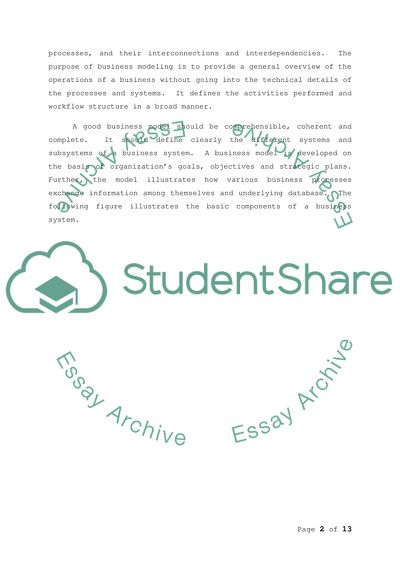Cite this document
(“Erp systems and integration Essay Example | Topics and Well Written Essays - 2250 words”, n.d.)
Retrieved from https://studentshare.org/miscellaneous/1547260-erp-systems-and-integration
Retrieved from https://studentshare.org/miscellaneous/1547260-erp-systems-and-integration
(Erp Systems and Integration Essay Example | Topics and Well Written Essays - 2250 Words)
https://studentshare.org/miscellaneous/1547260-erp-systems-and-integration.
https://studentshare.org/miscellaneous/1547260-erp-systems-and-integration.
“Erp Systems and Integration Essay Example | Topics and Well Written Essays - 2250 Words”, n.d. https://studentshare.org/miscellaneous/1547260-erp-systems-and-integration.


